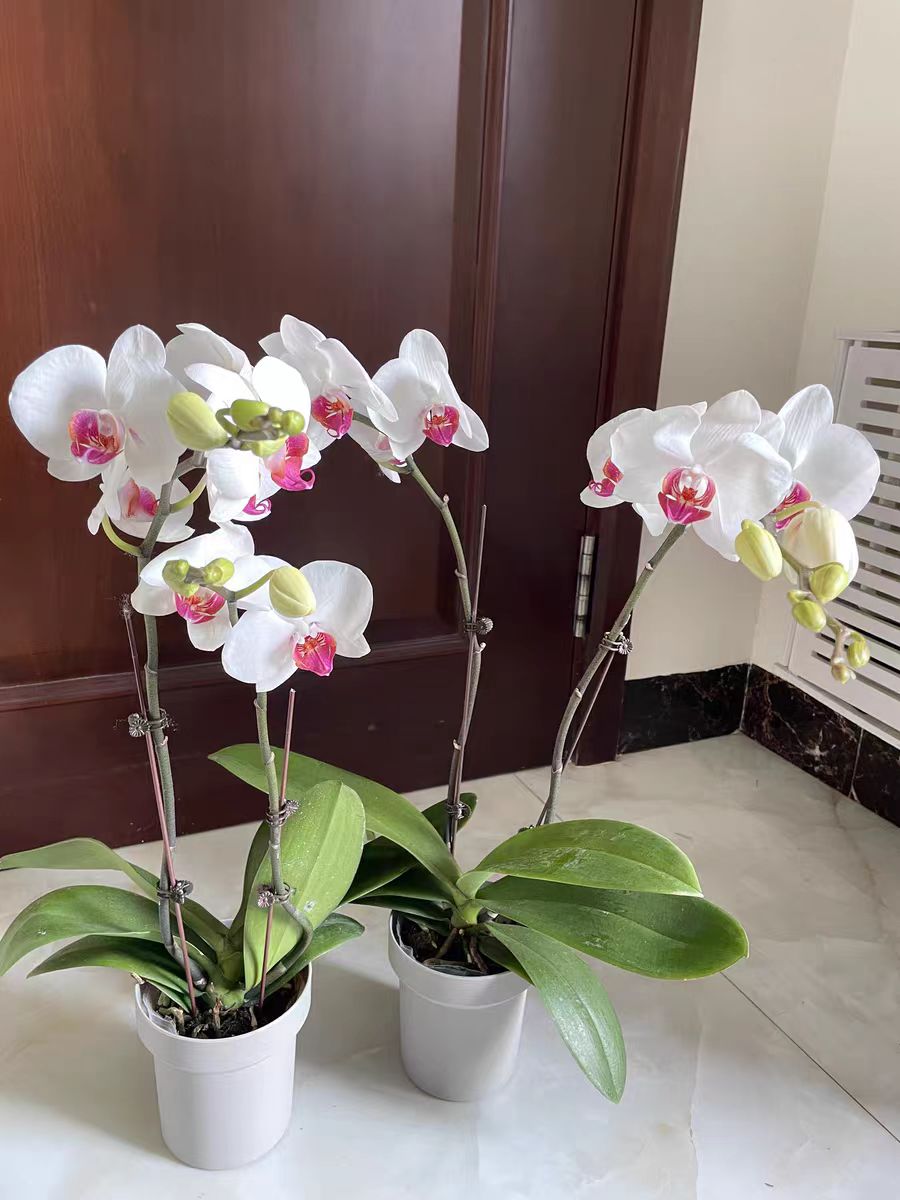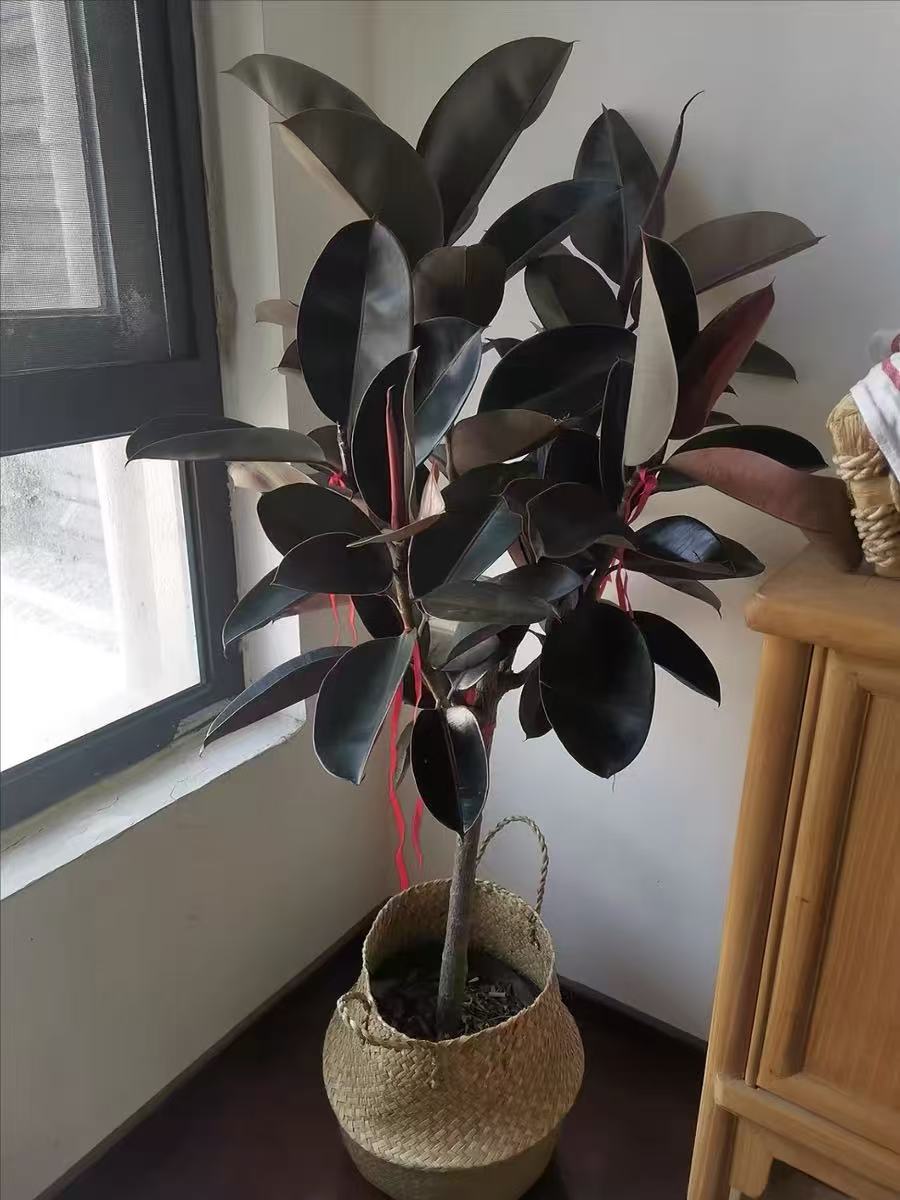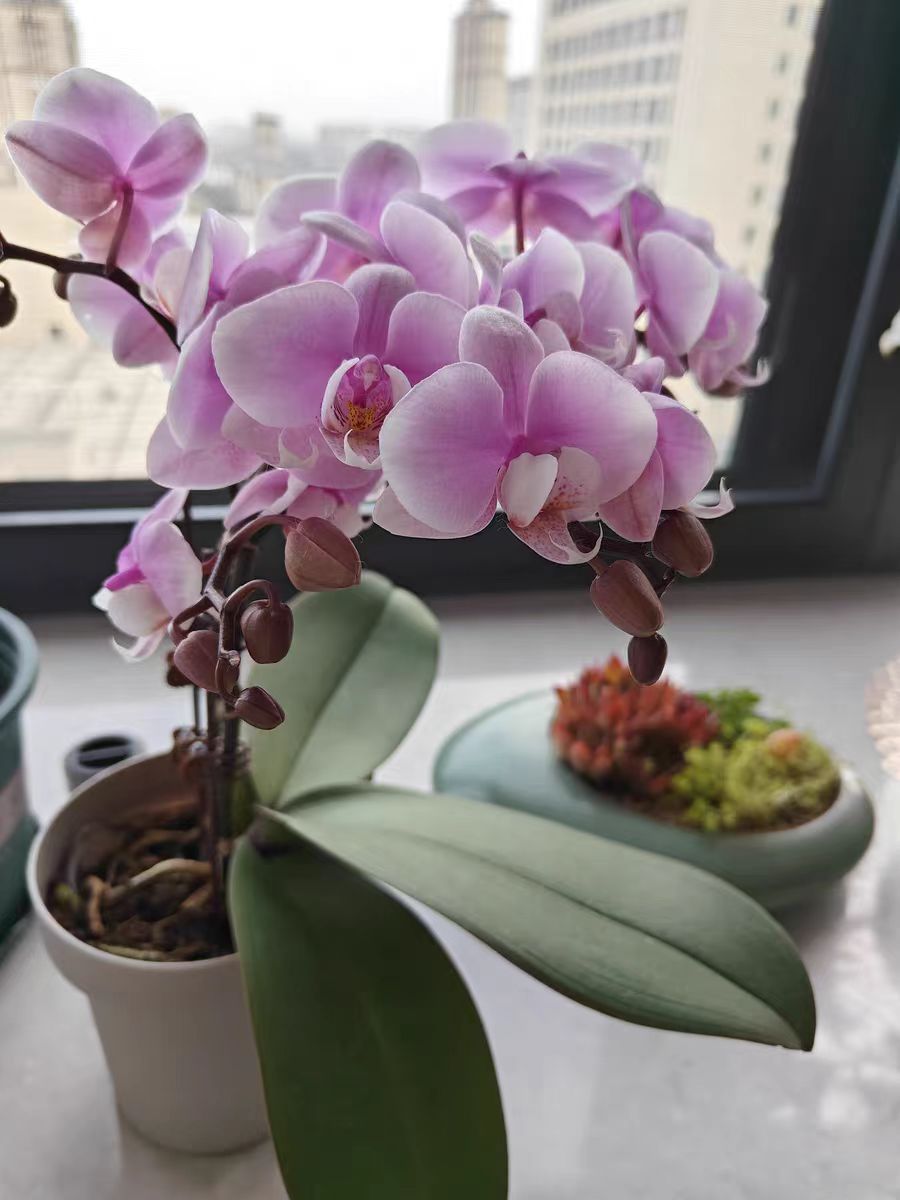As a plant in tropical and subtropical regions, phalaenopsis has special requirements for lighting conditions. Regarding whether it prefers shade or sunlight, in fact, phalaenopsis prefers diffused light, neither completely shade-loving nor completely sun-loving.
Phalaenopsis likes a bright environment, but it should not be directly exposed to strong sunlight. Excessive sunlight will burn its leaves and flowers, causing the color to fade or even wither. Therefore, phalaenopsis is more suitable to be placed in a position where it can receive diffused light, such as near a bright window indoors, or use facilities such as shading nets to create a suitable lighting environment.
Here are the ways to provide the best lighting conditions for phalaenopsis:
Control the Light Intensity: Phalaenopsis has different requirements for light intensity at different growth stages. The light intensity required in the seedling stage is between 5,000 and 7,000 Lux, which increases to 10,000 - 20,000 Lux in the middle seedling stage and reaches 15,000 - 25,000 Lux in the large seedling stage, but should not exceed 30,000 Lux. In seasons with strong sunlight such as summer, tools such as shading nets or gauze curtains are needed to weaken the light and avoid leaf burns.
Adjust the Light Duration: Phalaenopsis can meet its growth needs by receiving 3 - 4 hours of diffused light every day. In spring and autumn, phalaenopsis can be placed near east-facing or west-facing windows to receive the soft sunlight in the morning or evening. In winter, when the sunlight is weak, the light duration can be appropriately increased, but direct strong sunlight at noon should still be avoided.
Pay Attention to the Light Quality: Lights of different wavelengths have different effects on plant growth. Blue light and red light can promote the growth, development and disease resistance of phalaenopsis. Therefore, if possible, professional plant-growing lights should be used to provide suitable light to ensure the light quality.
Adjust the Position According to the Seasons: As the seasons change, the sunlight intensity and daylight hours will also vary. Therefore, it is necessary to adjust the position of phalaenopsis at any time according to the seasonal changes to ensure that it enjoys suitable lighting conditions. For example, in summer, phalaenopsis can be placed in a bright place indoors where the sunlight cannot directly shine, while in spring and winter, it can be exposed to more sunlight.
Phalaenopsis has special requirements for lighting conditions. It needs a bright environment but should not be directly exposed to strong sunlight. By controlling the light intensity, adjusting the light duration, paying attention to the light quality and adjusting the position according to the seasons, the best lighting conditions can be provided for phalaenopsis to promote its healthy growth and flowering.
How to Provide the Best Lighting Conditions for Phalaenopsis?

Share with
Tagged in :




Leave a Reply